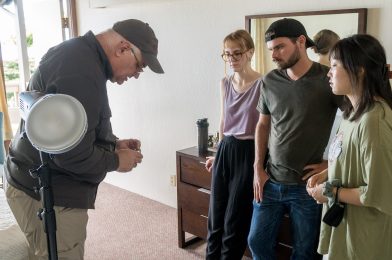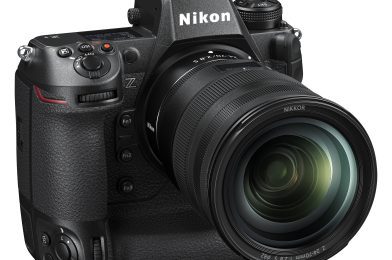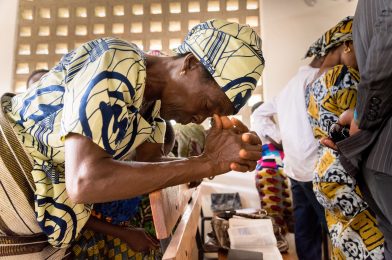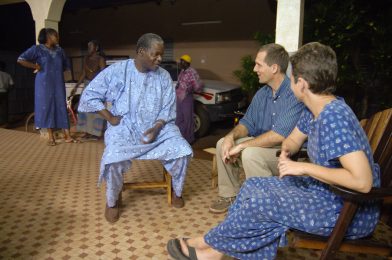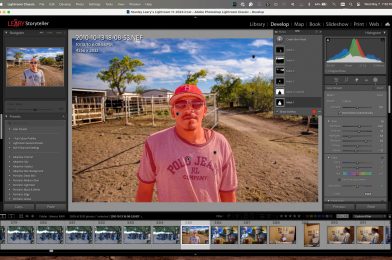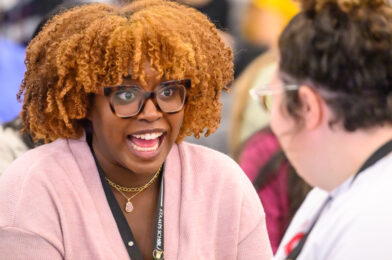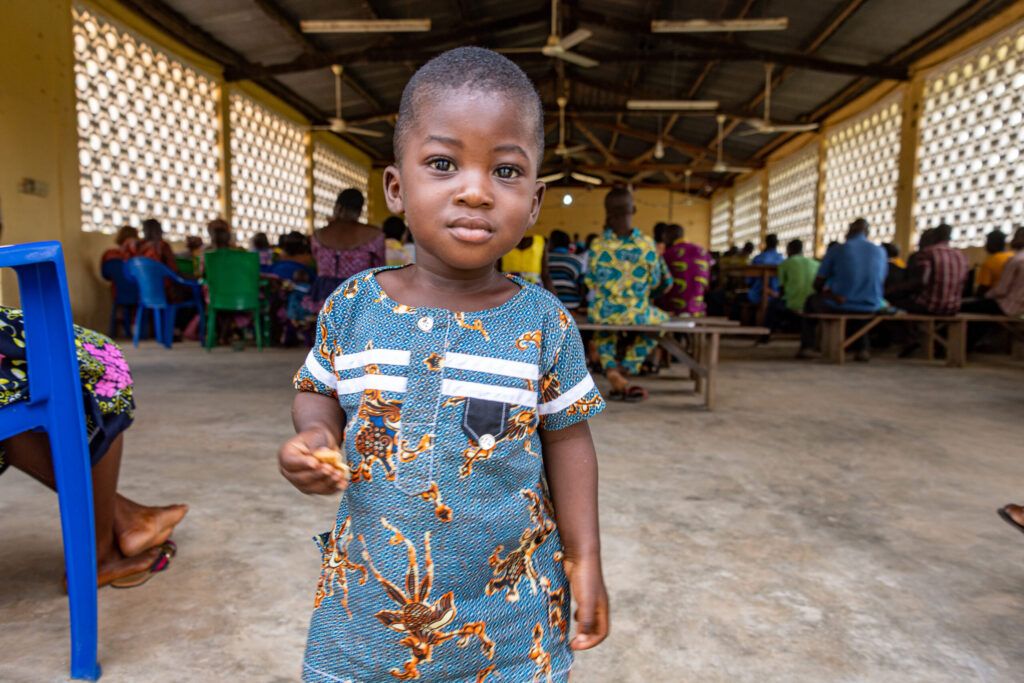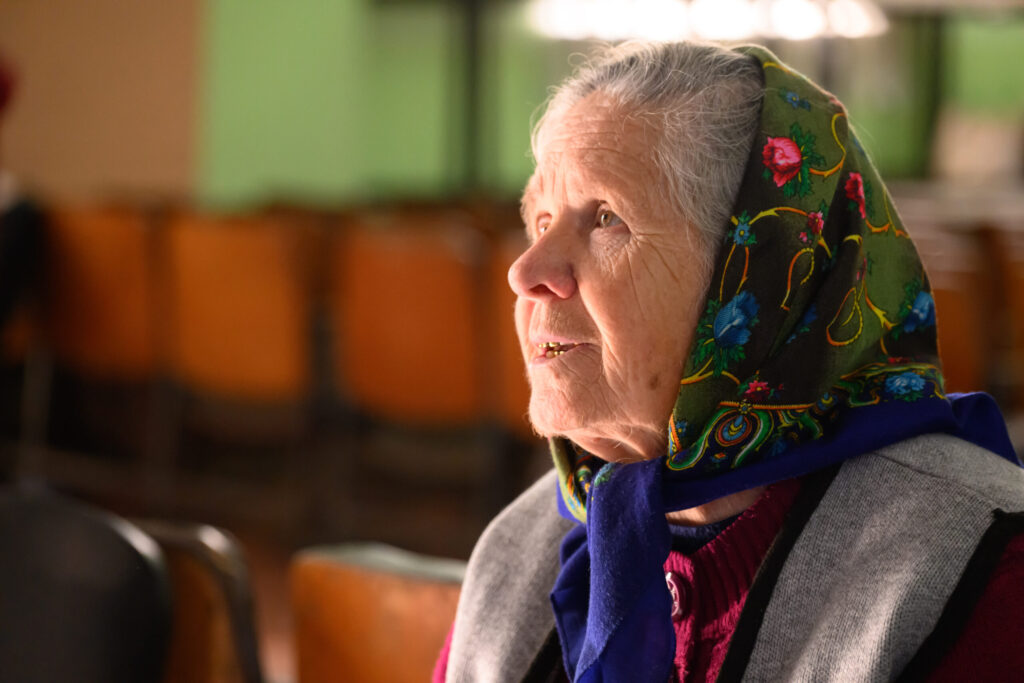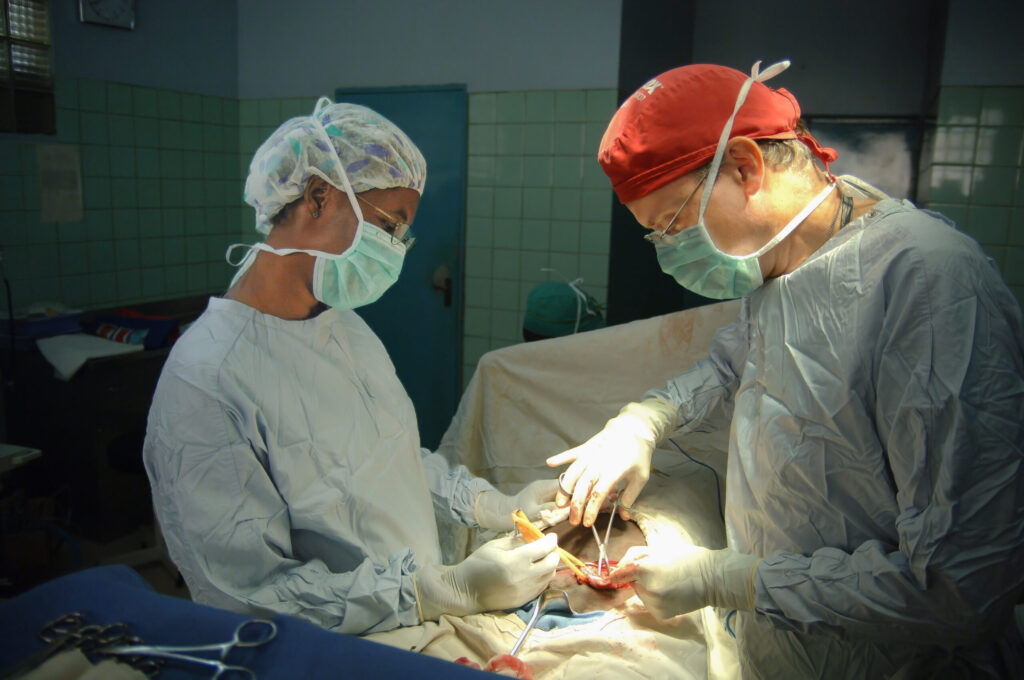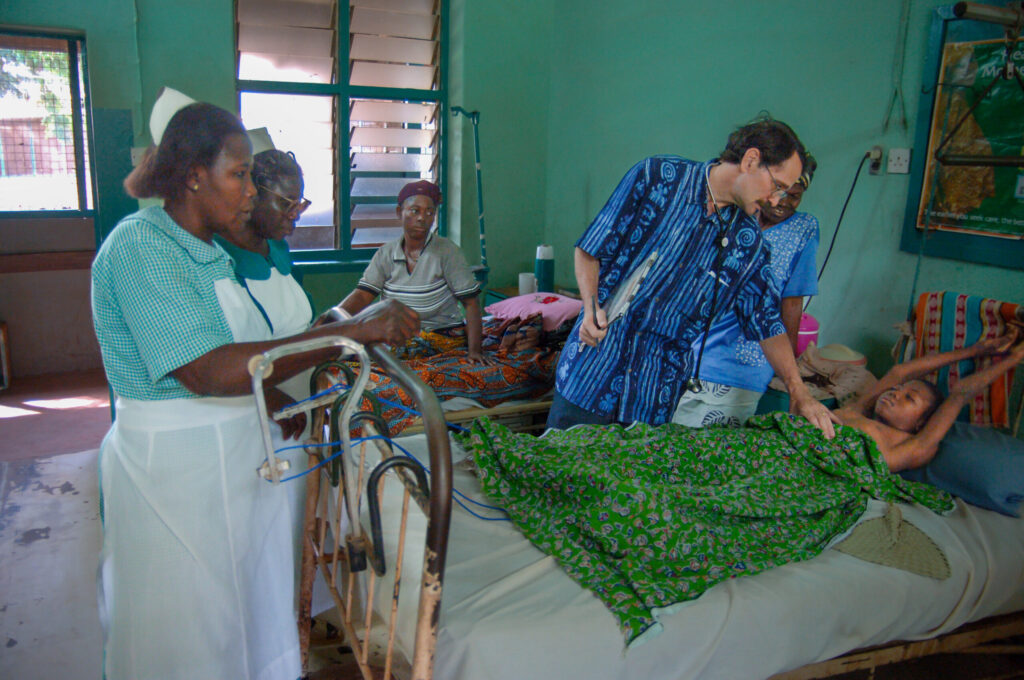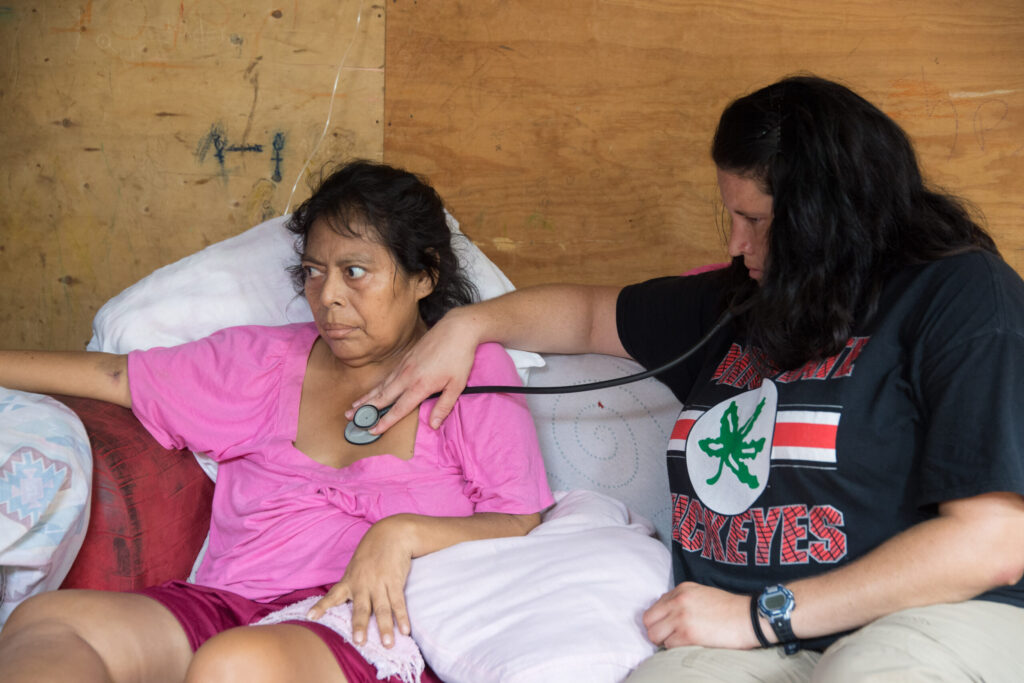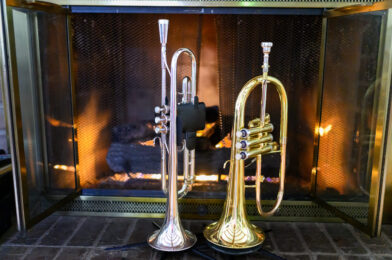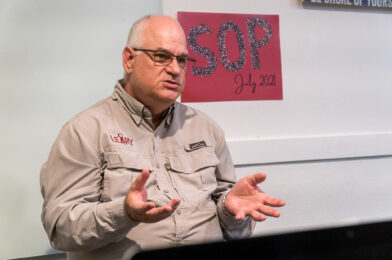Caption: Stanley Leary teaches studio lighting in the School of Photography in Kona, Hawaii. [photo by: Dennis Fahringer]
If you had told me years ago that I would be a professional communicator, I probably would have laughed—or panicked. Communication has never come easily, especially in social or visual contexts.
I identify as someone with Autism—specifically Asperger’s Syndrome, even though the term is no longer officially used. That means I don’t naturally read body language, facial expressions, or social subtext like most people do. I wasn’t born with the ability to understand what others are feeling or thinking instantly. And yet, here I am—teaching, creating, and helping others learn how to see and tell stories with light.
The path that led me here wasn’t paved with natural charisma or perfect social intuition. It was driven by something much more straightforward but far more powerful: curiosity.
Curiosity made me pick up a camera. It prompted me to ask, “What happens if I move the light this way?” or “Why does this image feel flat, and how can I make it more dynamic?” Curiosity allowed me to stay in the process long enough to improve, even when things felt uncomfortable or confusing.
As a photographer and visual storyteller, curiosity is more important than talent. Talent can help you start, but curiosity keeps you going. It asks better questions. It opens your eyes to details others overlook. It enables you to connect with your subject, not because you instantly understand them, but because you’re interested in understanding them.
I now teach studio and lighting in a missions training context, and one of the first things I tell my students is this: your success as a photographer doesn’t depend on how inspiring your teacher is. It depends on how curious you’re willing to be. That’s the truth.
You can learn lighting diagrams and camera settings from anyone. But developing an eye for story, a sense for timing, a heart that notices—those things grow when you stay curious, even when the work gets hard or the subject seems quiet.
Curiosity creates a breakthrough, makes space for wonder, and invites us to keep asking, keep seeking, and keep showing up with our eyes open.
So, if you’re starting in photography or feel like you’re hitting a creative wall, don’t look for a new trick. Start with a better question. Start with wonder. Let curiosity lead the way.
That’s where the real learning—and the real light—lives.

